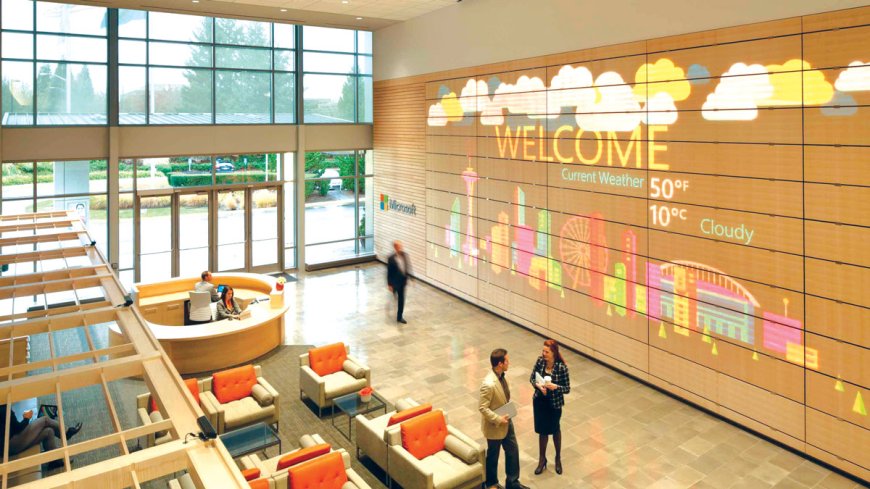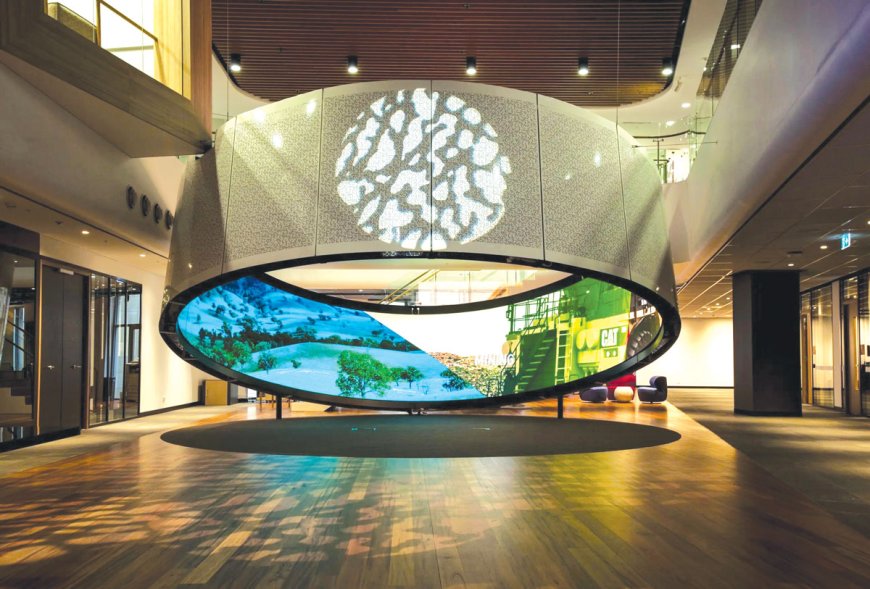How new offices blend digital and real worlds

The hybrid work culture has undeniably transformed the traditional office space over the last four years. A whole new generation of young professionals have joined the workforce, before and after the pandemic, that has little patience for rigid office environments and is always keen to work from home or a café, or any place that is not office. This is why, across newly built or remodelled offices, we are seeing that fixed desks and cubicles are giving way to more adaptable workplaces that take full advantage of technology and allow people to put in their best work in a manner that is most convenient for them.
Designing an effective workspace today, one that employees look forward to coming and ‘make their commute worth it’, first and foremost mandates addressing the needs of today's diverse workforce. The office attendance ethics of those under 30 years of age are very different from those over mid-40s. And across the board, people are wondering why they need to add extra hours for work commute when they have proved to be as productive while working from home.

These are legitimate questions and need convincing answers from CHROs and other senior leaders. We have seen that centering the new office design on the foundational principle of ‘workplace experience’ is a powerful way to make the office commute worth it.
Technology plays a significant role in creating the optimal workplace experience, especially when the boundaries between digital and physical domains are blurring. We are increasingly being requested to create spaces that support seamless transitioning between in-person and virtual collaboration. In other words, given that people want workplace flexibility, the meetings and workshops should flow as seamlessly in a virtual avatar as they do when all attendees are huddled inside a single room.
The new generation is also acutely aware that office work is not restricted to a certain place or time; and any work that does not demand collaboration can happen early morning or late at night. Simultaneously, more organisations even in Asia are today working with freelancers or contractual workers from foreign countries. Today, this is often done to augment the missing capabilities or bandwidth rather than offshore roles.
All these trends have picked up rapidly after the pandemic and forced CHROs and other leaders to realise that their workplace is no longer limited to a physical presence or location; and that they need to ensure maximum productivity and efficiency while their employees and contractual workers work and collaborate from around the world.
Even for the actual, physical office, it is now transforming in its core role and identity as a place for shared creativity, innovation, learning, and team building. Cutting-edge technologies have a role to play here – for example, embracing VR and AR devices can allow immersive virtual meetings and help remote team members feel present inside the room.
The recently launched Apple Vision Pro will no doubt spur the demand and acceptance of AR/VR devices and just as iPhone did for the C-suite 2007 onwards; we might see a rapid adoption of AR/VR in offices soon, led by the CEOs.
Also, the persistent demand for flexibility has also shaped a fundamental shift in organizational cultures. The foundation of teamwork now consists of video conferencing platforms, project management tools, and collaborative software, which make sure that people stay involved and connected while working together on a project or task.
Leaders on the other hand want to eliminate silos that can form among people working from office and those logging in remotely. They also want to extend their employee wellness initiatives to remote workers, especially when the latter often end up overcompensating and risk a burnout.
These are reasons why we are now carefully balancing digital and physical aspects of modern work right during the design phase of a new office. Our clients are today increasingly demanding immersive spaces with interactive digital displays integrated into collaborative areas (conference rooms for example) to enable smooth information sharing. These spaces are intended to democratise information, given how business decisions today are based on real-time data and insights rather than instinct or hierarchical structures.
Aided by high-speed Internet connectivity, the new office is thus an interesting mix of immersive collaborative spaces and adaptable workstations for focused work. The goal is to achieve a harmonious fusion where technology advances human experience at work, helping people build personal connections and engage in meaningful collaboration. The dynamic interplay of digital and real-world experiences is seen as crucial for enhancing teamwork, productivity, and employee well-being, and thankfully, senior leaders are paying heed.

Tim Larson







